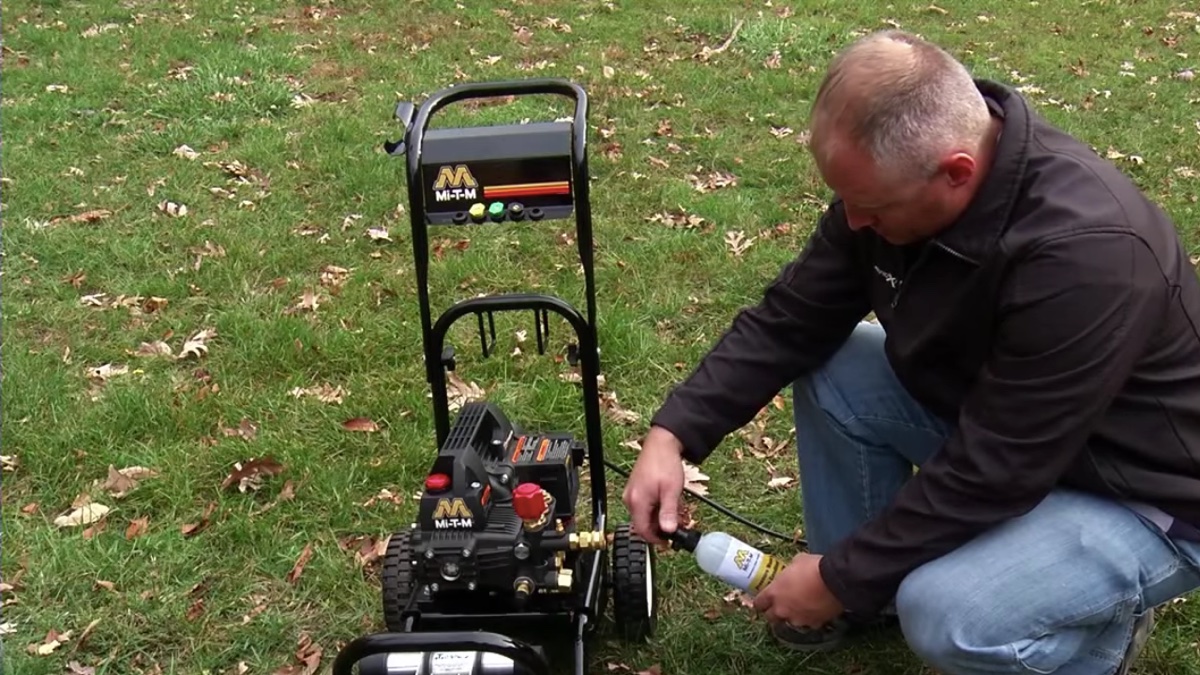

Articles
How To Winterize Power Washer
Modified: October 29, 2024
Learn how to properly winterize your power washer with these helpful articles. Protect your equipment from freezing temperatures and ensure optimal performance.
(Many of the links in this article redirect to a specific reviewed product. Your purchase of these products through affiliate links helps to generate commission for Storables.com, at no extra cost. Learn more)
Introduction
As the cold winter months approach, it’s important to prepare your power washer for the freezing temperatures. Properly winterizing your power washer will help protect it from potential damage, extend its lifespan, and ensure it’s ready for use when spring arrives.
Winterizing your power washer involves a series of simple steps that can be done in a short amount of time. In this article, we will guide you through each step, providing you with the knowledge to effectively winterize your power washer.
By following these steps, you can avoid costly repairs or replacement of parts due to freezing and expanding water, and ensure your power washer remains in optimal condition until the warmer months return.
Let’s dive into the details of how to winterize your power washer.
Key Takeaways:
- Properly winterizing your power washer is essential to prevent damage from freezing temperatures, extend its lifespan, and ensure it’s ready for use in the spring. Follow the simple steps to avoid costly repairs and keep your power washer in optimal condition.
- From draining the water and disconnecting hoses to preparing the pump, protecting the engine, and storing it in a dry location, each step is crucial in safeguarding your power washer from potential freezing and damage. Dedicate a little time and effort to properly winterize your power washer for years of reliable use.
Read more: What Is The Best Power Washer
Step 1: Drain the Water
The first step in winterizing your power washer is to thoroughly drain any remaining water from the system. Water left in the power washer during freezing temperatures can cause damage to the pump, hoses, and other components.
To drain the water, begin by turning off the power washer and disconnecting it from any power sources. Next, locate the drain plug or valve on your power washer. This is typically located on the bottom of the pump or near the intake hose.
Place a bucket or container under the drain plug or valve to catch the water. Once in position, loosen the drain plug or open the valve to allow the water to flow out. It’s important to let all the water completely drain out, ensuring there is no residual moisture left in the system.
After draining the water, it’s a good idea to run the power washer for a few seconds to help remove any remaining water from the pump. Simply connect the power washer to a water source, turn it on, and let the water flow out through the spray gun or nozzle.
Once you have drained the water and ensured the system is free of moisture, you can move on to the next step of winterizing your power washer.
Step 2: Disconnect and Store Hoses
After draining the water from your power washer, the next step is to disconnect and store the hoses properly. This will help prevent any potential damage caused by freezing temperatures.
Start by turning off the power washer and disconnecting it from any power sources. Begin with the high-pressure hose – this is the hose that connects the spray gun or nozzle to the pump.
Hold the end of the high-pressure hose above the ground and squeeze the trigger on the spray gun to release any remaining water. This will help remove any excess moisture from the hose.
Once you have released the water, disconnect the high-pressure hose from both the pump and the spray gun. Inspect the hose for any signs of wear or damage, and replace it if necessary.
Next, move on to the garden hose. Start by disconnecting it from the water source, then disconnect it from the power washer. Similar to the high-pressure hose, hold the end of the garden hose above the ground and allow any water to drain out.
Inspect the garden hose for any cracks, leaks, or signs of wear. If you notice any damage, it’s recommended to replace the garden hose to avoid any issues in the future.
Once both hoses are disconnected and drained, it’s important to store them properly. Coil each hose neatly to prevent kinks or tangles, and store them in a dry and protected area. This will help prolong the lifespan of the hoses and ensure they are in good condition for future use.
With the hoses properly disconnected and stored, you can now move on to the next step of winterizing your power washer.
Step 3: Prepare the Pump
Ensuring the pump of your power washer is properly prepared for winter is essential to prevent any damage or issues during freezing temperatures.
Start by removing the water inlet filter from the pump. This filter is usually located where the garden hose attaches to the power washer. Carefully unscrew or unclip the filter and inspect it for any debris or buildup. If it’s dirty or clogged, rinse it with clean water and allow it to dry before reattaching it.
Next, it’s important to protect the pump from any potential freezing. One way to do this is by using a pump antifreeze solution. These solutions are specifically designed to prevent the freezing of water and protect the pump’s internal components.
To use a pump antifreeze solution, simply connect the solution bottle to the water inlet fitting of your power washer. Turn on the power washer and squeeze the trigger on the spray gun or nozzle. Allow the solution to circulate through the pump and hoses for a few minutes to ensure proper coverage.
After circulating the pump antifreeze solution, turn off the power washer and disconnect it from any power sources. If available, manually release any remaining pressure in the system by squeezing the trigger on the spray gun or nozzle.
Once the pump antifreeze solution has been properly circulated, it’s important to store the power washer in an upright position to prevent any residual solution from leaking or causing damage to other components.
By following these steps, you can effectively prepare the pump of your power washer for winter and minimize the risk of any issues when the colder temperatures arrive.
Now that the pump is properly prepared, let’s move on to the next step of winterizing your power washer.
Before winterizing your power washer, make sure to drain all water from the pump, hoses, and spray wand to prevent freezing and damage. Use a pump saver solution to protect the pump during storage.
Step 4: Protect the Engine
Protecting the engine of your power washer is crucial to ensure its proper functioning when spring arrives. Taking the necessary steps to protect the engine during winter will help prevent any potential damage and extend its lifespan.
Start by checking the oil level in the engine. If the oil level is low, top it up with the appropriate oil recommended by the manufacturer. It’s important to use the correct oil type and viscosity for your specific power washer model. Refer to the owner’s manual for specific instructions on how to check and change the oil.
Next, remove the spark plug wire to prevent any accidental starting of the engine. This will also allow you to inspect the spark plug for any signs of wear or damage. If necessary, clean or replace the spark plug following the manufacturer’s guidelines.
After inspecting the spark plug, spray a small amount of fogging oil or engine storage spray into the spark plug hole. This will help protect the internal components of the engine from corrosion during the winter months. Take care not to overspray, as excessive oil can cause fouling of the spark plug.
It’s important to note that if your power washer has a gas-powered engine, it’s essential to stabilize the fuel before winter storage. Add a fuel stabilizer to the gas tank and run the power washer for a few minutes to ensure the treated fuel circulates through the system. This will help prevent the fuel from breaking down and causing issues when you start the engine again.
Once you have completed these steps, cover the engine with a protective cover or tarp to shield it from dust, dirt, and moisture. This will help maintain the cleanliness and integrity of the engine during the winter months.
By following these guidelines, you can effectively protect the engine of your power washer and ensure its optimal performance when it’s time to use it again.
Now that the engine is properly protected, let’s move on to the final step of winterizing your power washer.
Read more: How Does A Power Washer Work
Step 5: Store in a Dry Location
After completing the necessary preparations, it’s crucial to store your power washer in a dry location for the winter season. Storing your power washer properly will help prevent any potential damage from moisture or extreme temperatures.
Choose a storage space that is dry, well-ventilated, and protected from extreme temperatures. Avoid storing your power washer in areas that are prone to excessive humidity or temperature fluctuations, such as outdoor sheds or unheated garages.
Prior to storing, make sure the power washer is clean and free of any dirt, debris, or residue. Use a gentle detergent and water to clean the exterior of the power washer, ensuring all surfaces are thoroughly cleaned. Rinse it off with a hose and allow it to dry completely before storing.
When it comes to storing the power washer, it’s best to keep it in an upright position to prevent any potential leaks or spills. If possible, find a space where you can securely anchor or support the power washer to prevent it from tipping over during storage.
As an added measure of protection, cover the power washer with a waterproof cover or tarp to shield it from dust and moisture. Make sure the cover fits properly and is securely fastened to prevent any wind from blowing it off.
Lastly, it’s important to periodically check on your stored power washer throughout the winter months. Inspect for any signs of damage, pests, or moisture buildup. If any issues are detected, address them promptly to prevent any further damage.
By taking these steps to store your power washer in a dry location, you can ensure it remains in optimal condition throughout the winter season and is ready for use when spring arrives.
With the power washer securely stored, you have successfully completed the process of winterizing your power washer.
Conclusion
Winterizing your power washer is a crucial step in maintaining its longevity and preventing any damage during the cold winter months. By properly preparing and storing your power washer, you can ensure it remains in optimal condition and is ready for use when spring comes around.
Throughout the article, we have provided you with a comprehensive guide on how to winterize your power washer. From draining the water and disconnecting hoses to preparing the pump, protecting the engine, and storing it in a dry location, each step is essential in safeguarding your power washer from potential freezing and damage.
Remember to follow the manufacturer’s guidelines and recommendations for your specific power washer model. Consult the owner’s manual for any specific instructions or maintenance procedures. Additionally, it’s always a good idea to keep a record of any maintenance or winterization steps you have taken for future reference.
By dedicating a little time and effort to properly winterize your power washer, you can avoid costly repairs and ensure that your power washer continues to serve you well for years to come.
So, now that you have the knowledge and understanding of how to winterize your power washer, go ahead and take the necessary steps to protect your equipment. Your power washer will thank you when spring arrives, and you can confidently tackle your cleaning tasks once again.
Remember, proper winterization leads to a longer life for your power washer. So, don’t skip these essential steps, and enjoy the benefits of a well-maintained power washer when warmer days return.
Frequently Asked Questions about How To Winterize Power Washer
Was this page helpful?
At Storables.com, we guarantee accurate and reliable information. Our content, validated by Expert Board Contributors, is crafted following stringent Editorial Policies. We're committed to providing you with well-researched, expert-backed insights for all your informational needs.
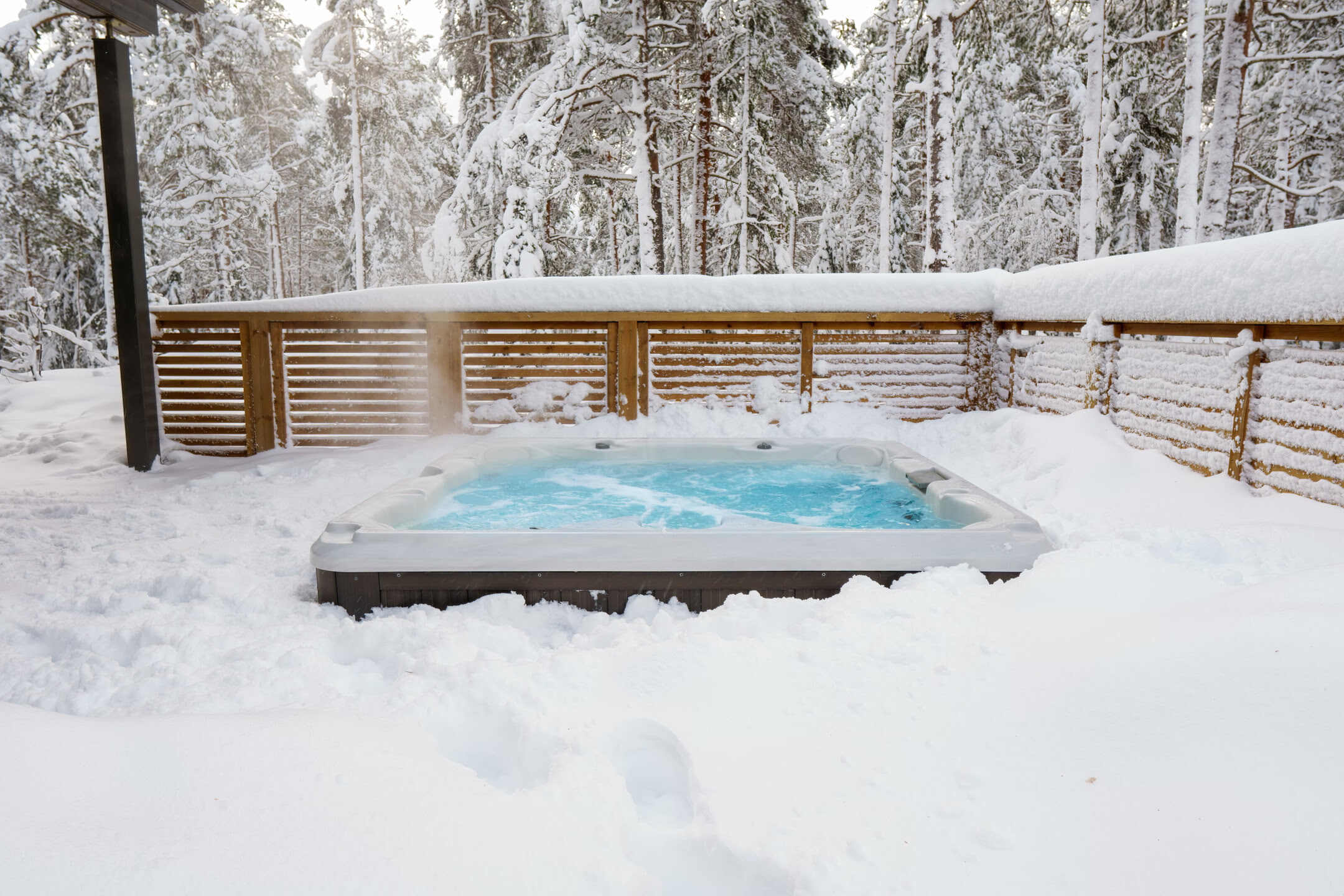
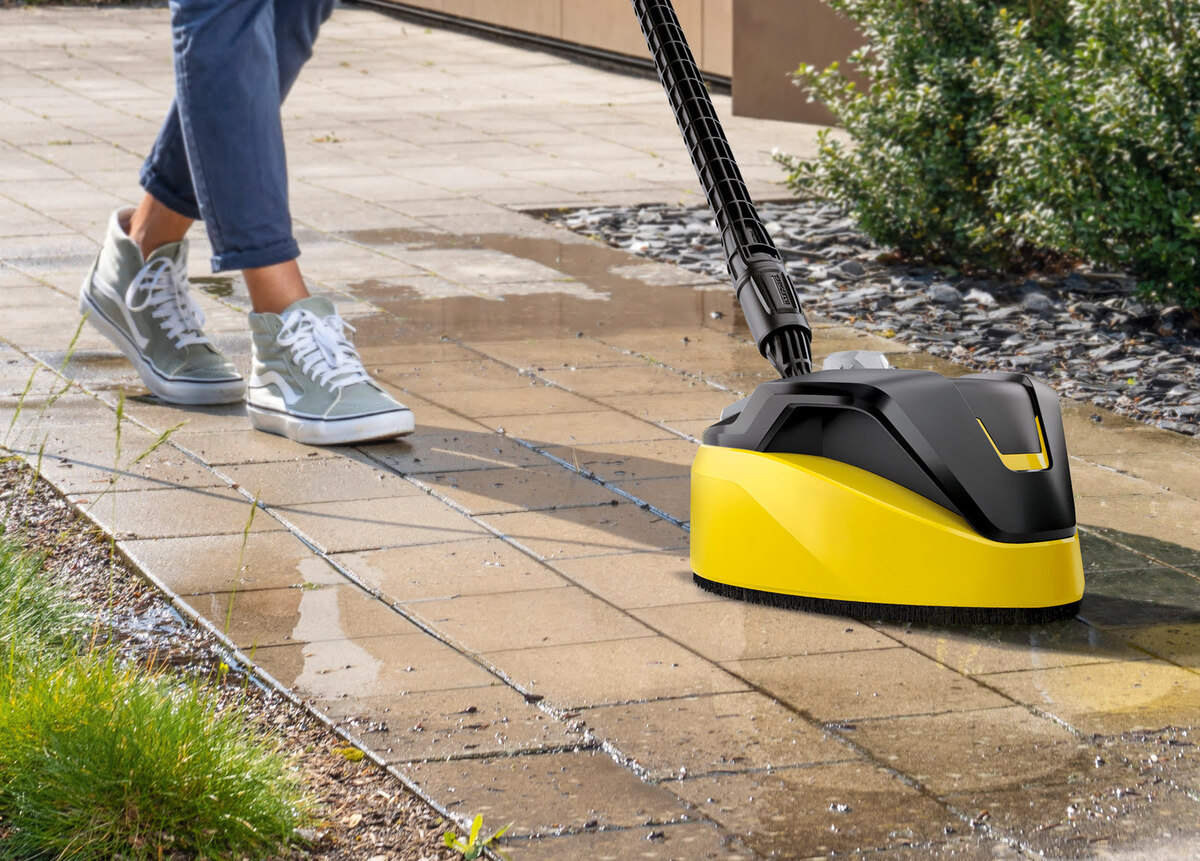
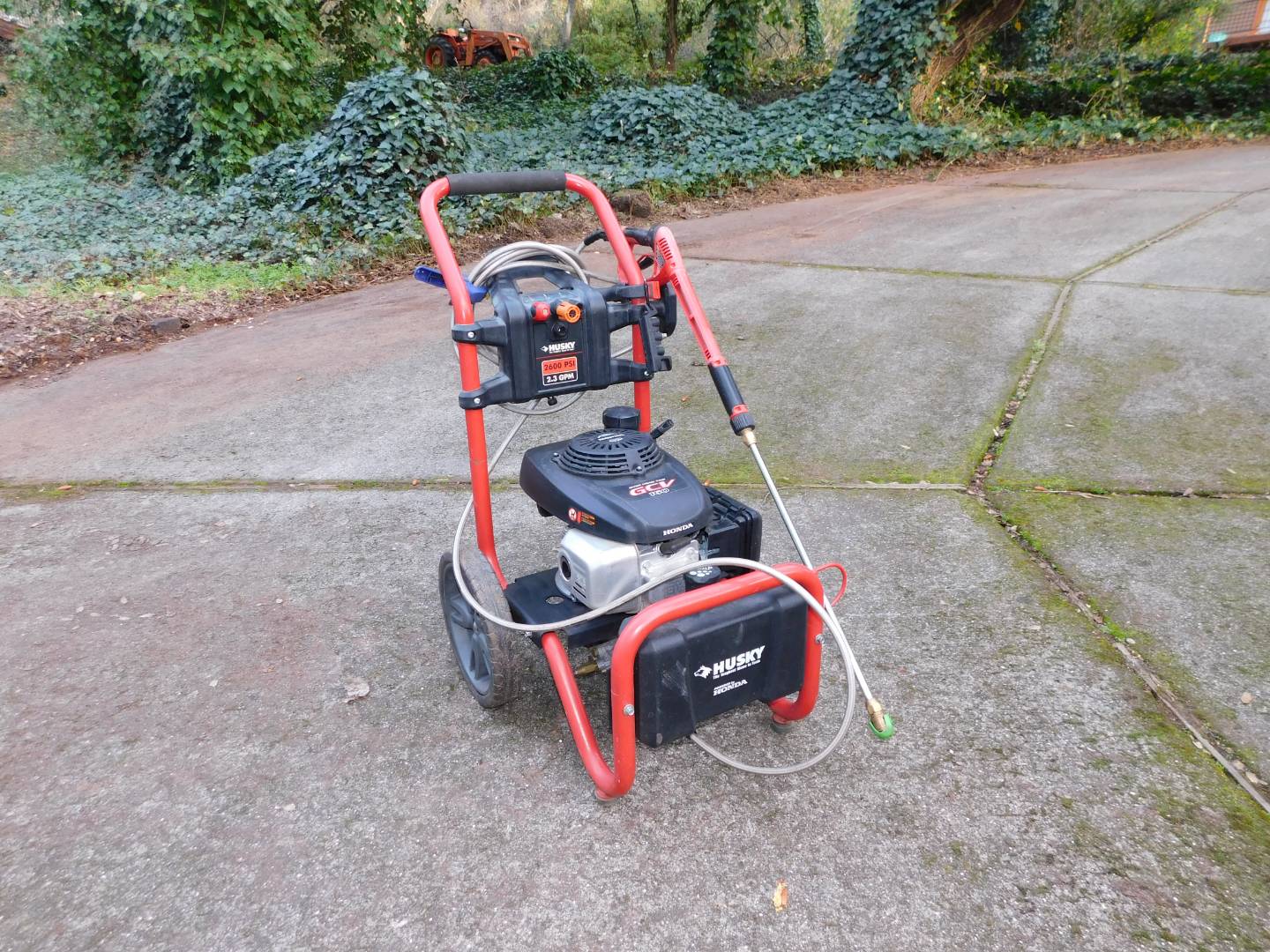
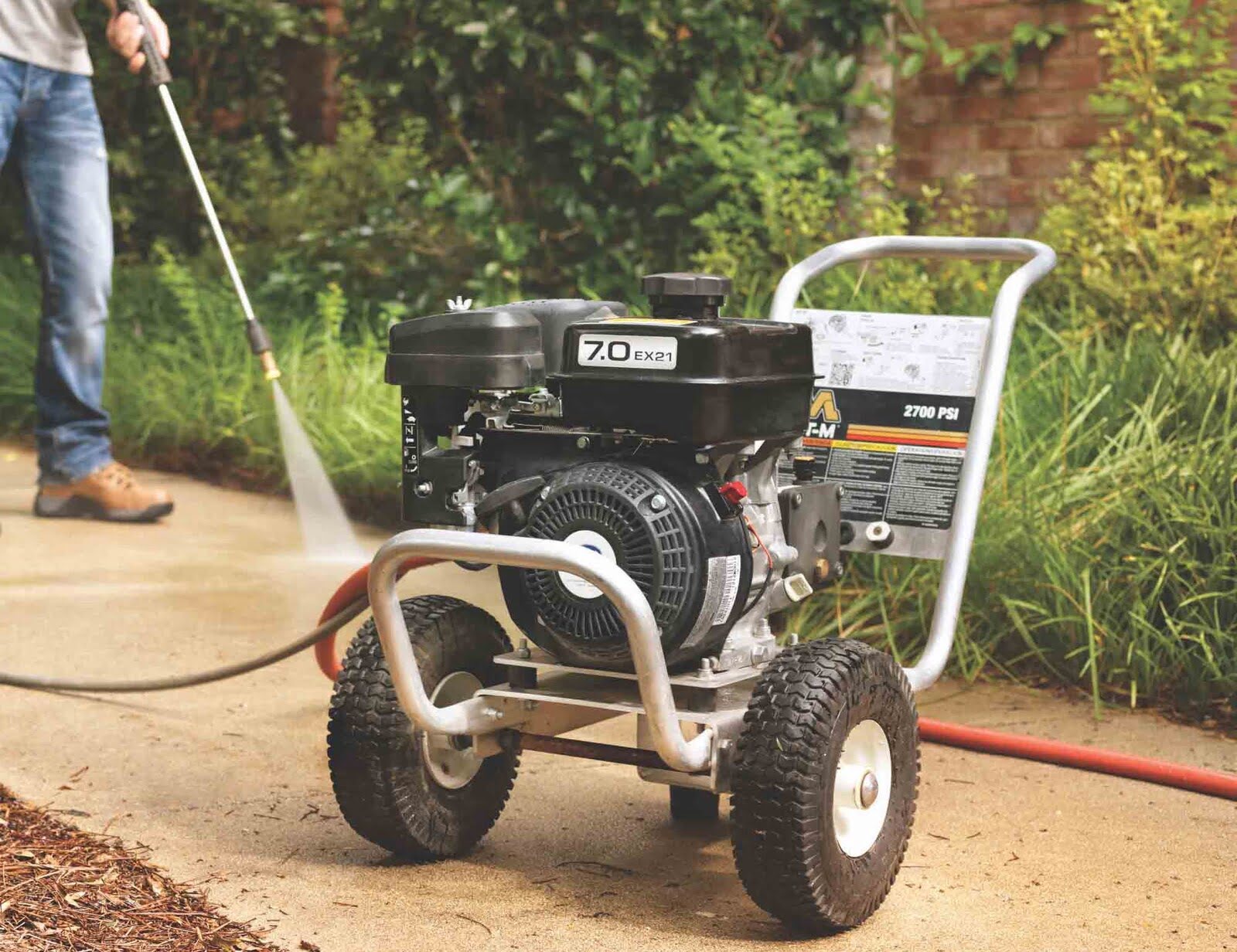
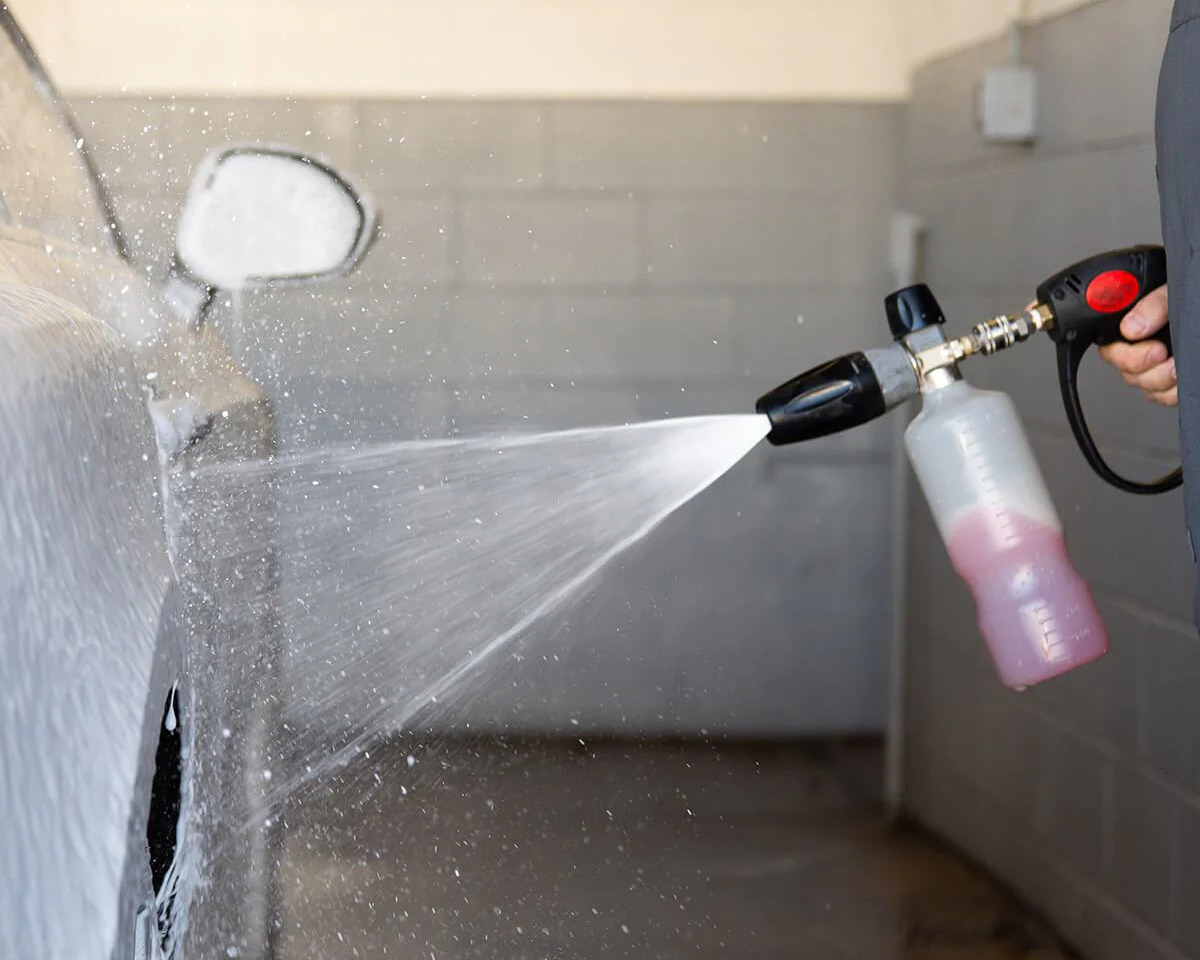
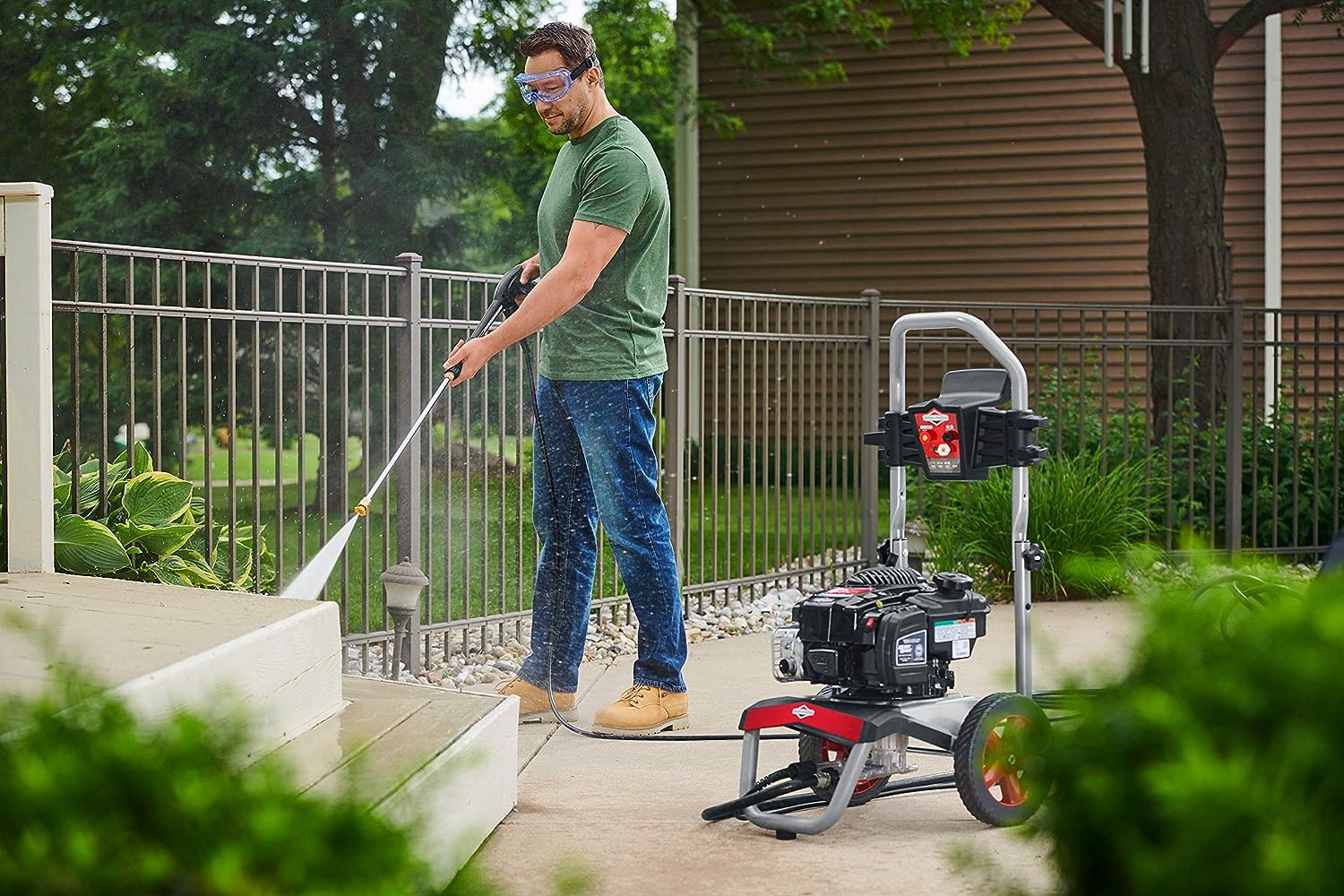
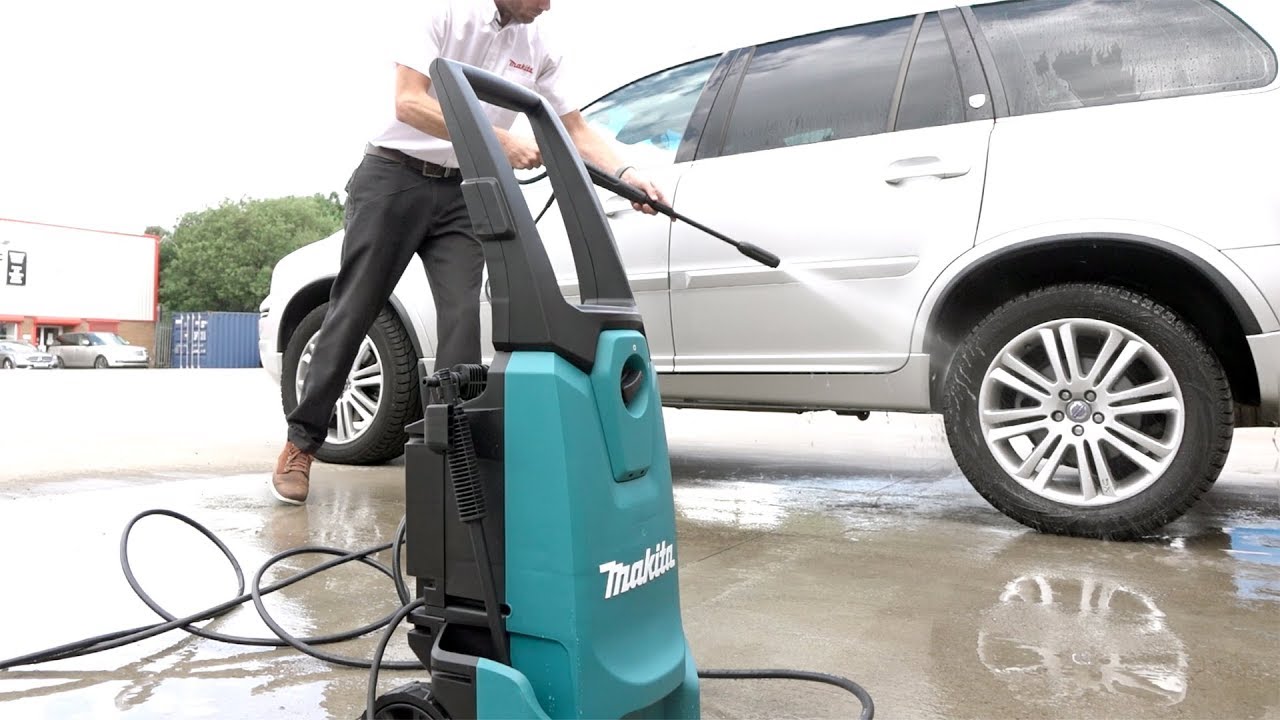
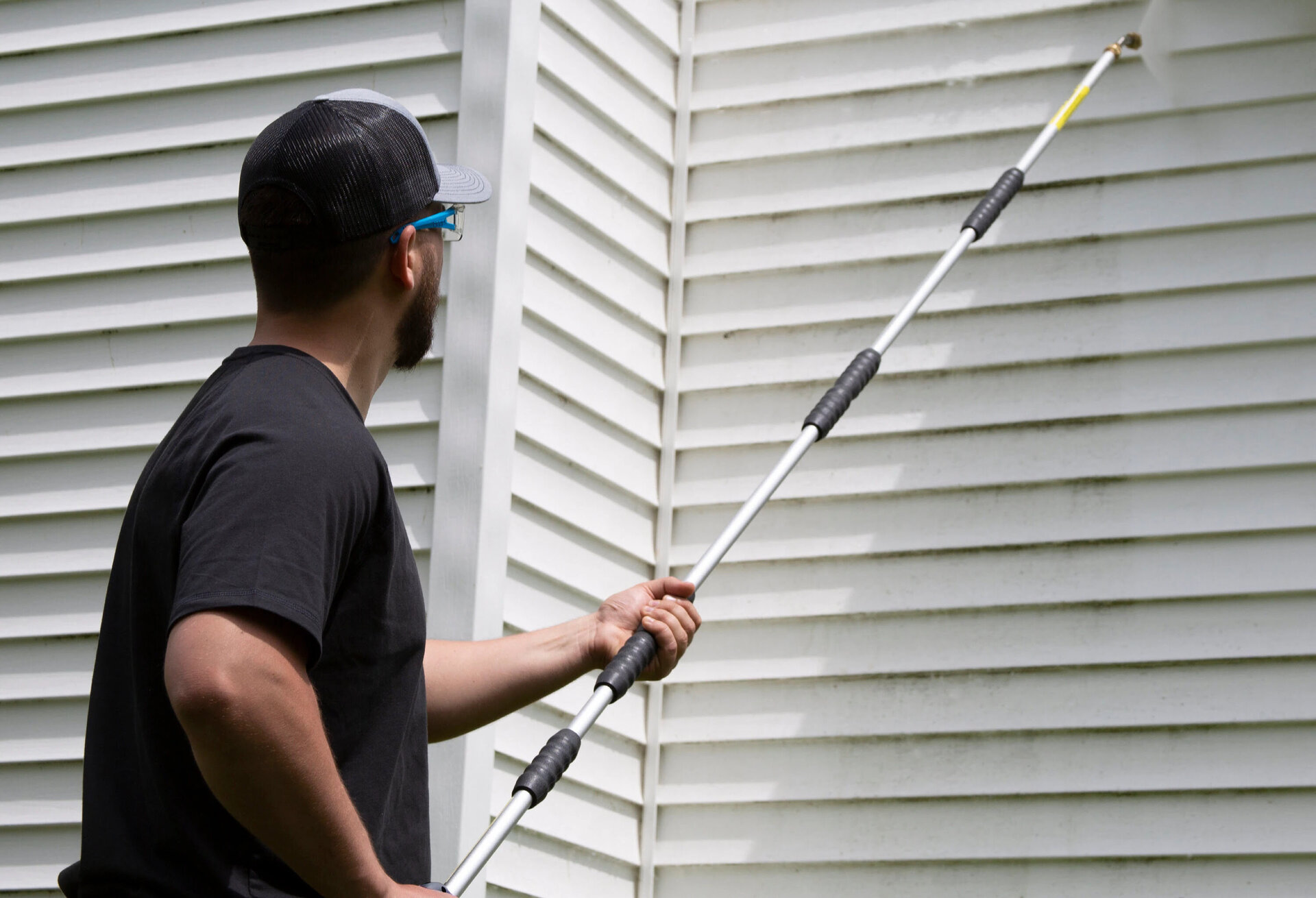
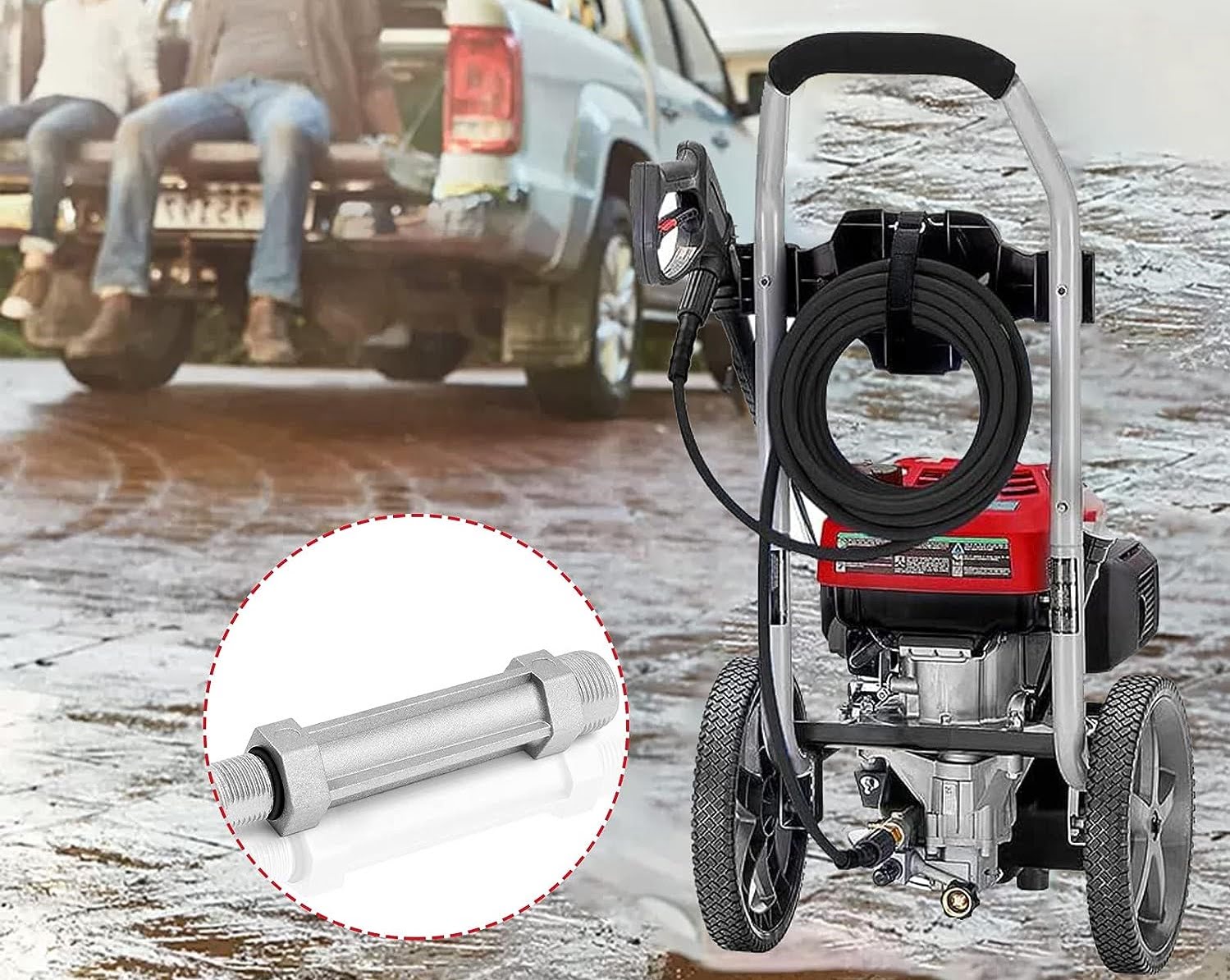
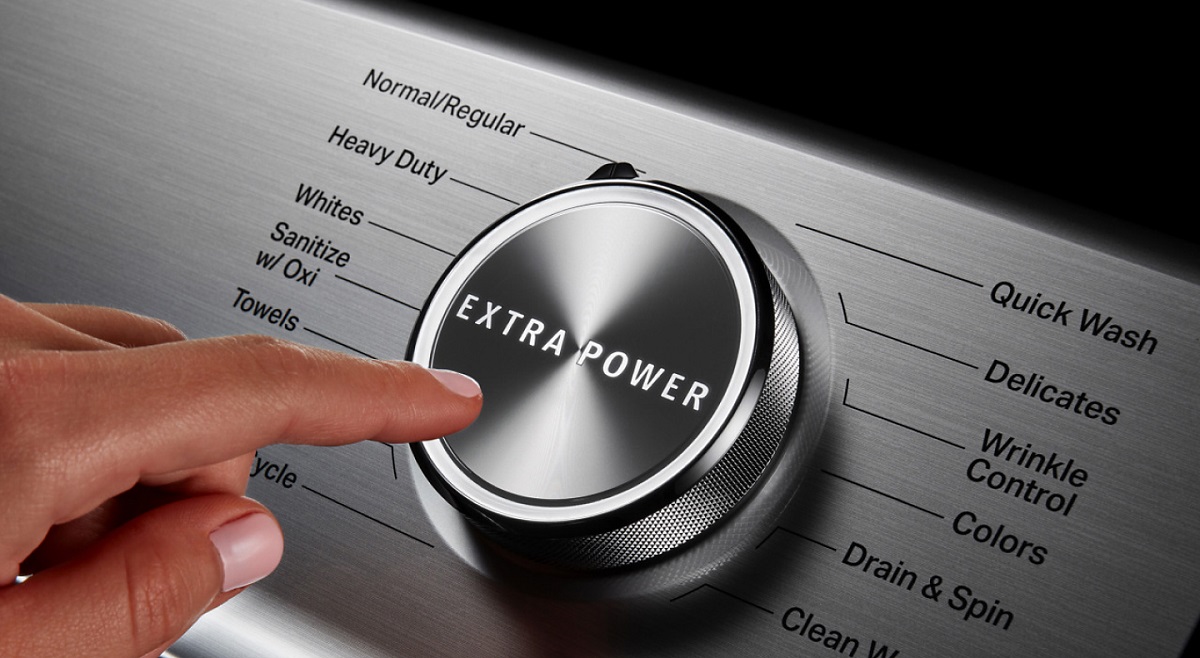
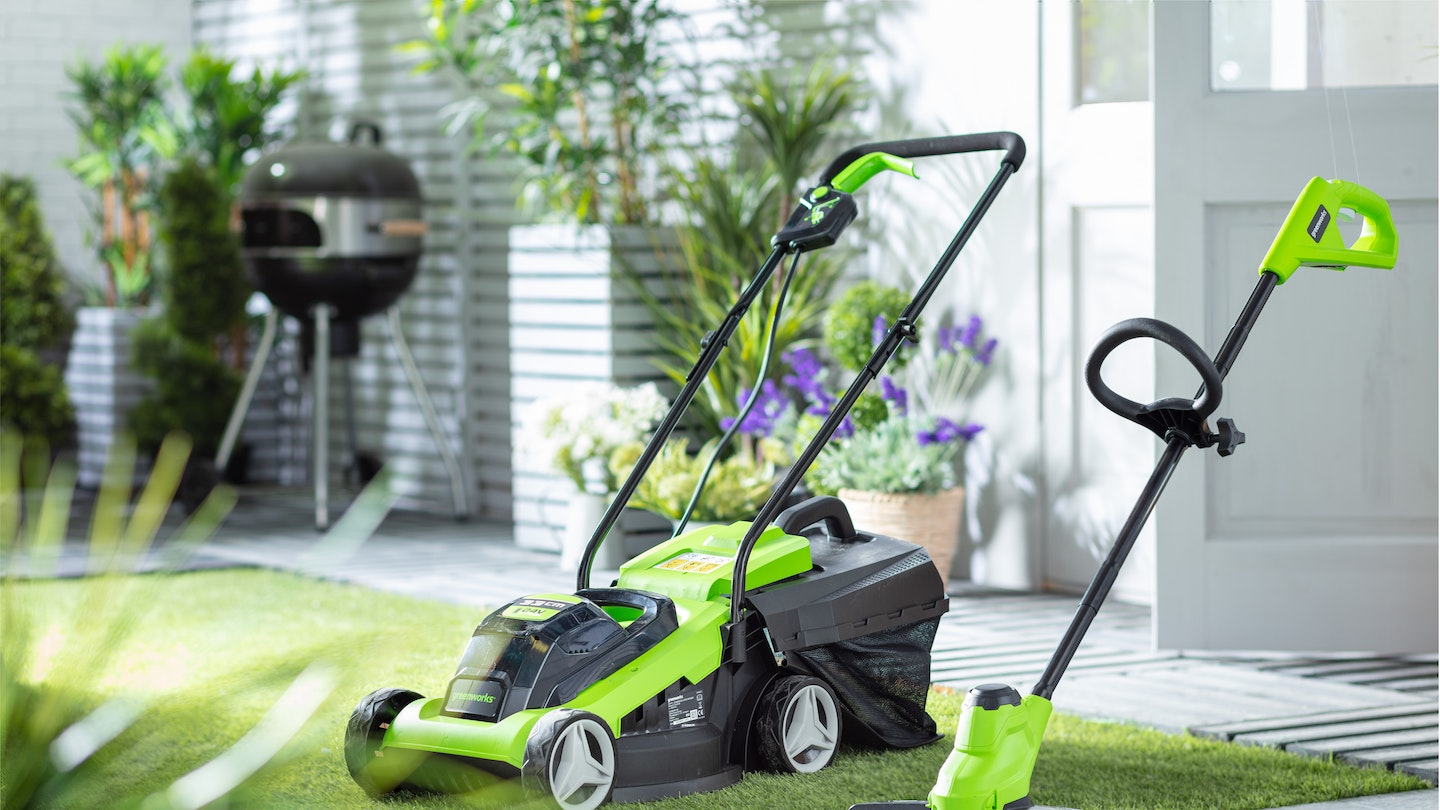
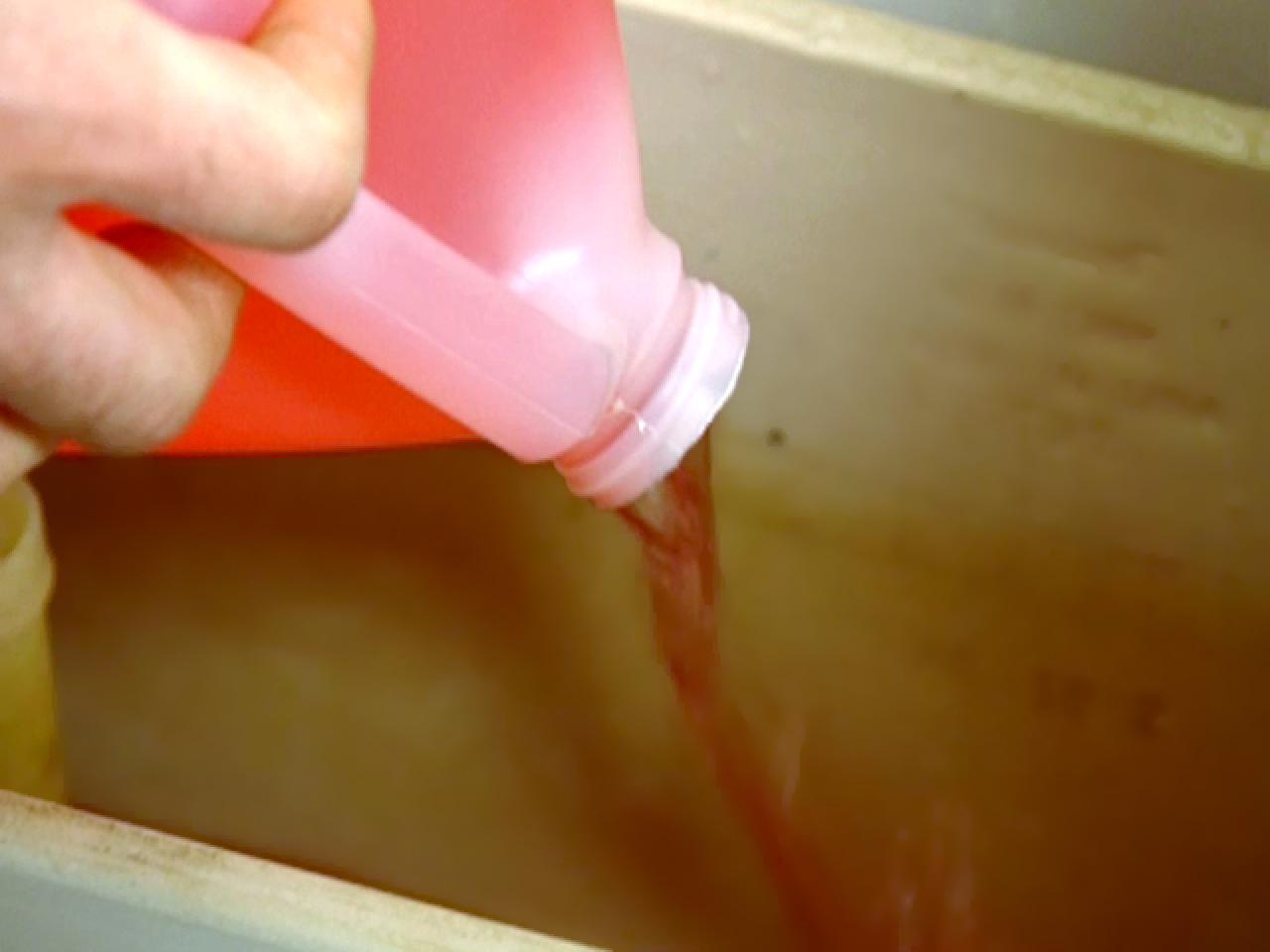
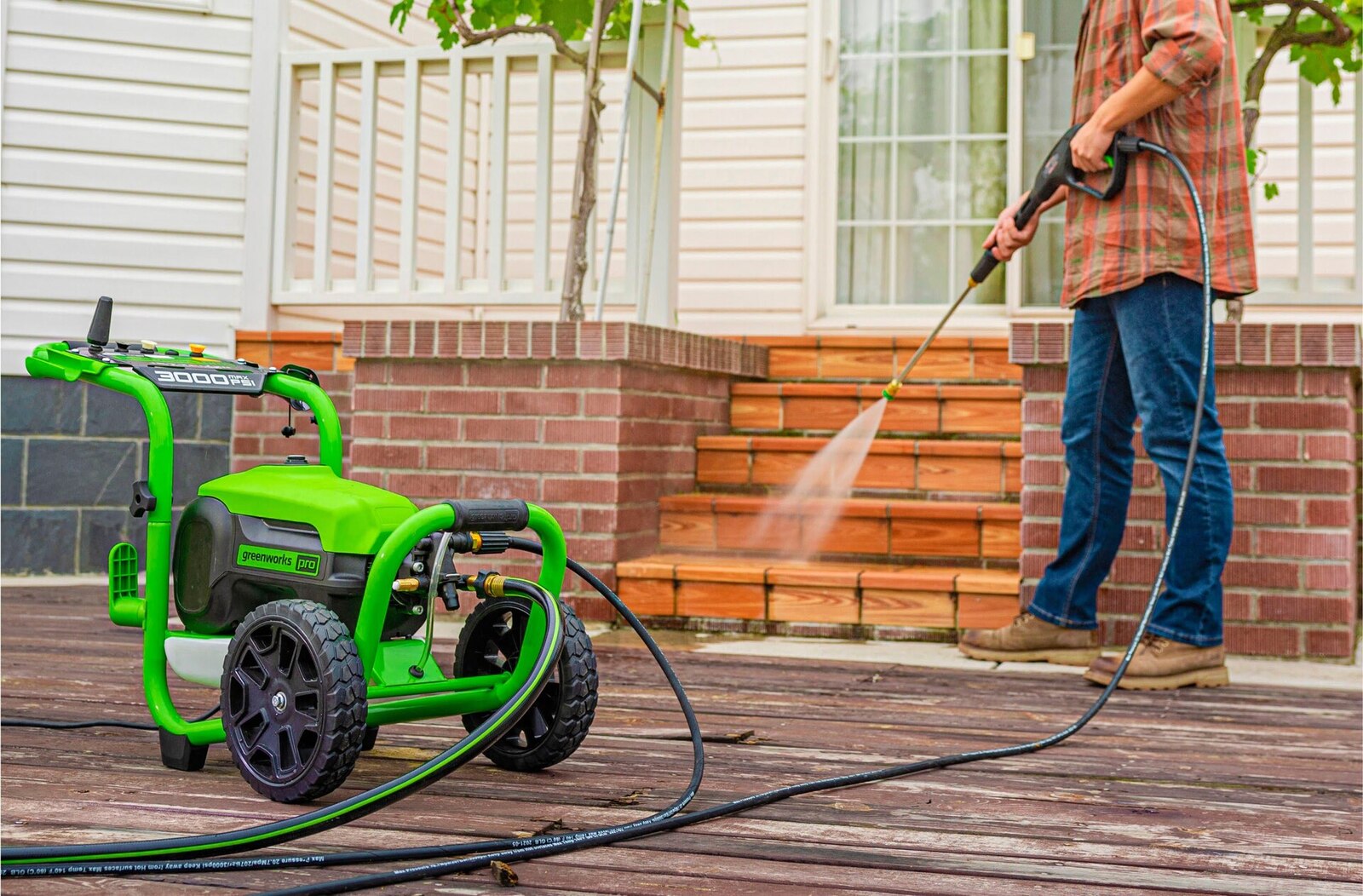
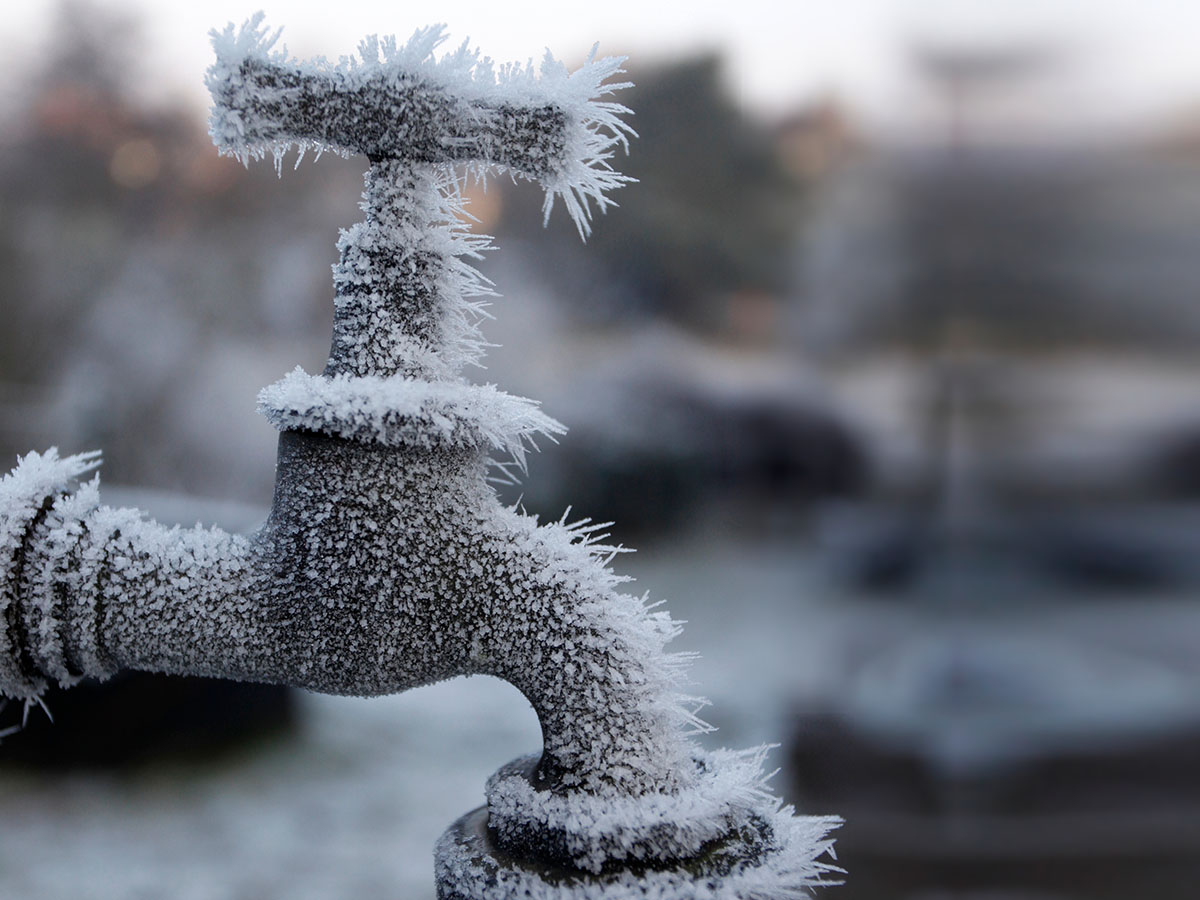

0 thoughts on “How To Winterize Power Washer”